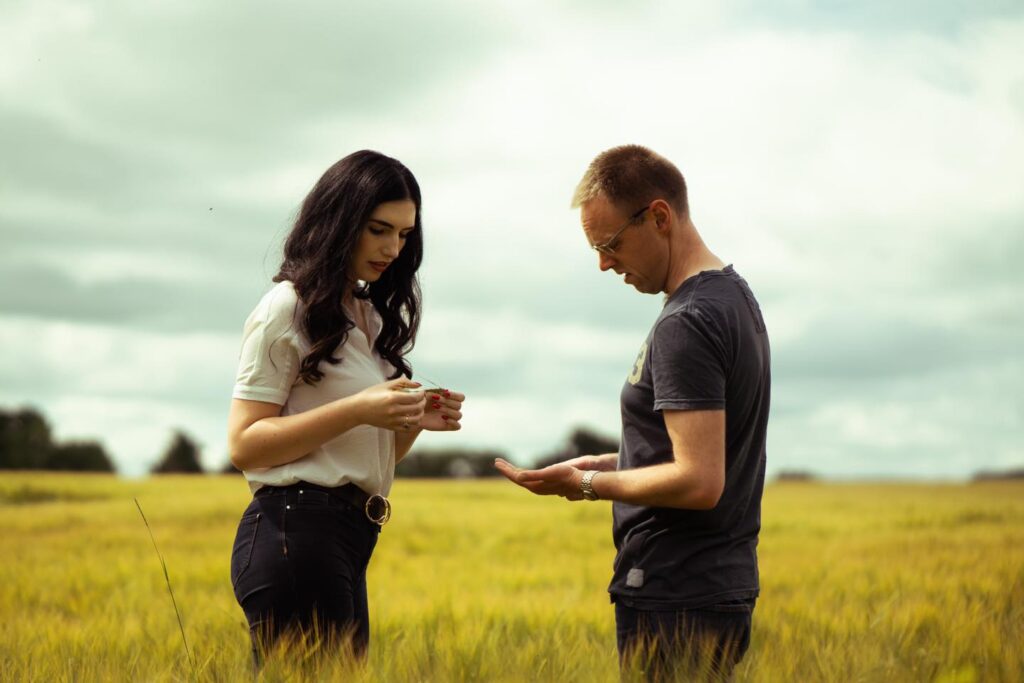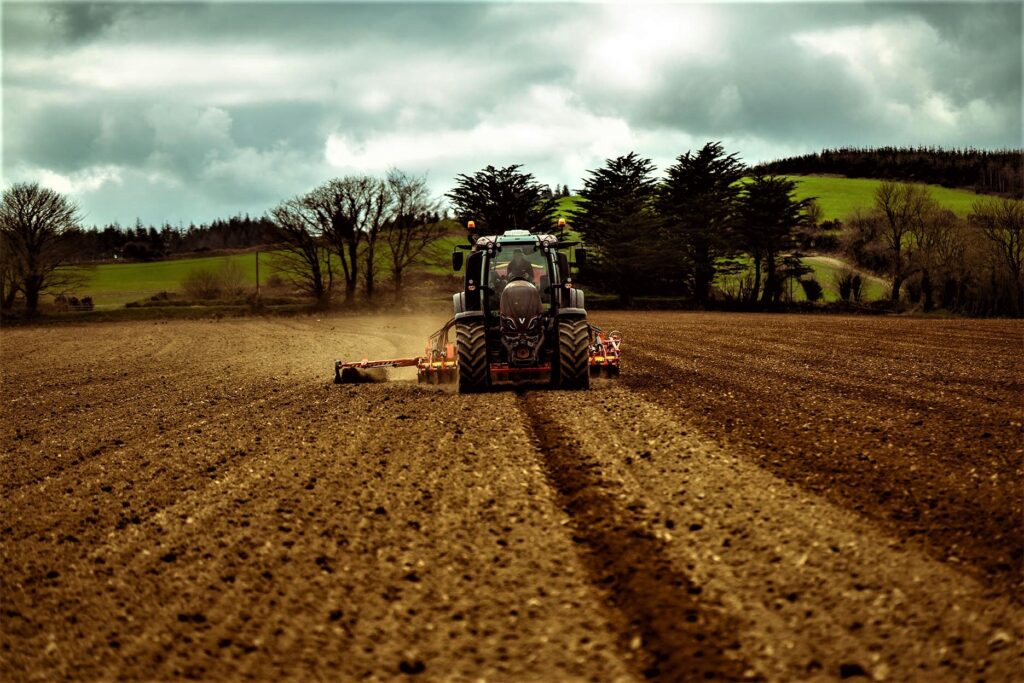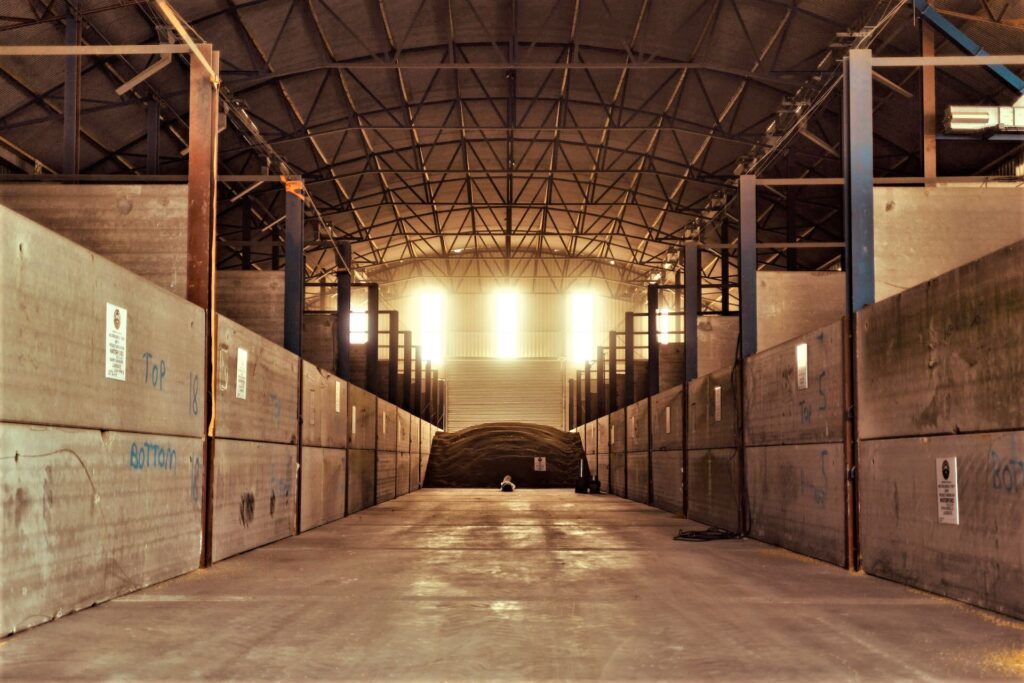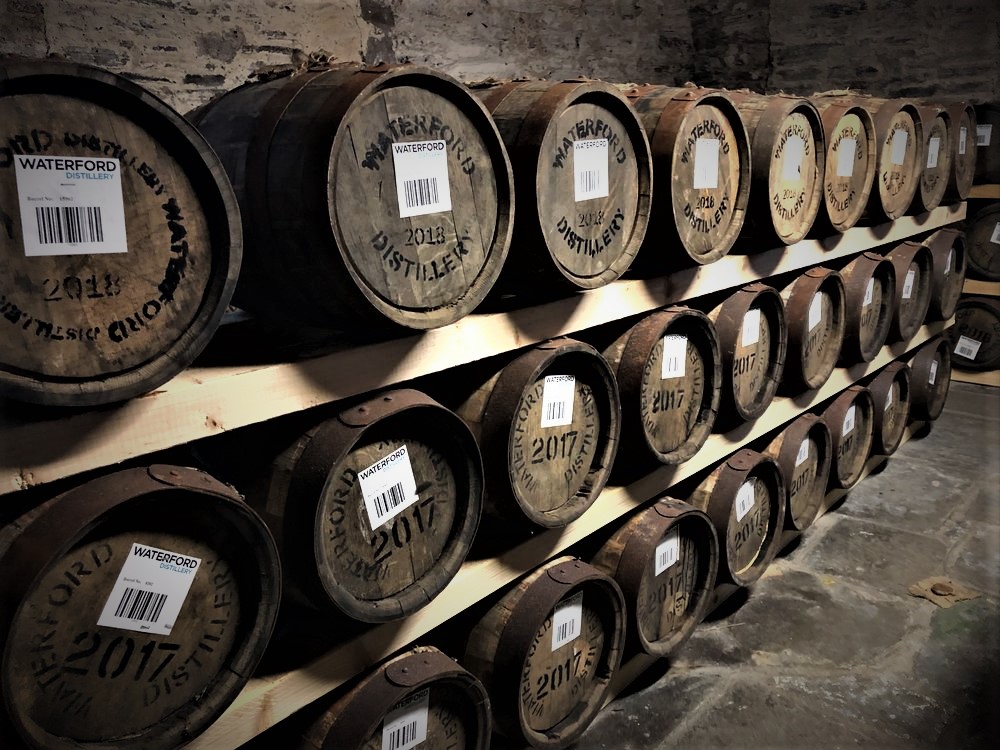Ireland’s oldest city now has Ireland’s most innovative distillery. Despite being established only 5 years ago, Waterford are making serious waves in the whisk(e)y world. Headed by Mark Reynier, the man responsible for resurrecting Bruichladdich distillery in Islay, Waterford’s distilling philosophy centers around the idea of ‘terroir’ in whiskey. Typically synonymous with wine, terroir is a blanket term to describe how the resulting flavour of any given crop can be influenced by the unique characteristics of the region in which it grows. The climate, soil, topography and even farming practices will all play their part in producing the world’s diverse range of crops.
As mentioned, wine is probably the most prominent example of the influence of terroir. The process of winemaking is essentially exactly the same no matter where in the world it’s produced. The grapes are harvested, pressed for their juice, fermented, filtered, aged and then bottled. What distinguishes one producer from another is terroir. A malbec from Argentina will taste drastically different to one produced in France. Zoom in closer and you will find stark differences occur even between wines grown in the same region. This is all down to terroir.
To quote Waterford directly:
“Terroir is the 3D interaction on a plant or soil, microclimate and site. It influences how the barley grows and thus the flavours contained within the grain. Captured farm by farm, terroir requires extensive logistical infrastructure to verify and prove its influence – each terroir is a new starting point for our whisky. We are fascinated by these nuances. We hope you will be too.”
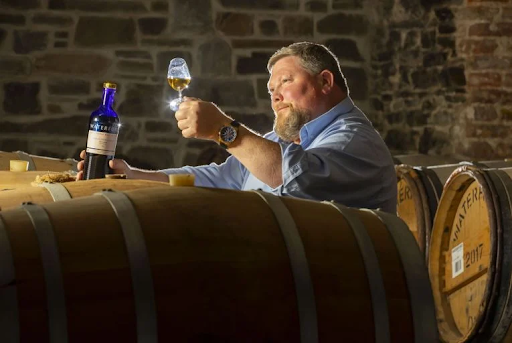
Waterford is determined to prove that the same phenomenon occurs with whiskey as it does with wine. They are treating the grain as winemakers do the grape, by producing what they’ve called their Single Farm Origin Series. Each expression is produced from barley grown from just a single farm, during a single harvest. The hypothesis: that the soil type, microclimate and other factors will influence the flavour of the barley grown. Most of the research and development starts with Waterford’s in-house agronomist (crop scientist) Grace O’Reilly. It’s her job to cross the lands, liaise with local farmers and ultimately choose the main ingredient and why.
Take two whiskeys of the series. The Donoughmore and the Wilkinstown editions: The Donoughmore was grown along the River Goul in County Kilkenny “where barley thrives on the gravelly loam derived from limestone and glacial till of the nutrient-retentive Elton Series.”. The Wilkinstown from barley grown at the mouth of the river Slaney in Wexford in what is described as “ flat, estuarine land ameliorated by its maritime microclimate. The moisture-retentive, clay-rich loam derived from Ordovician shale is the highly productive Clonroche Series.”. We don’t quite understand everything that’s been said, but this only intrigues us more! It is clear there is some serious attention to detail being put into every aspect of the whiskey making process.
Next step is storage of the barley. This is a key part in maintaining the integrity of the terroir experiment. Unique to Waterford Distillery is their “Cathedral of Barley”. A massive storage facility that prevents the mixing of each farm’s barley by segregating the batches into their own separate units. Each batch of barley is then of course distilled separately. Rigorous cleaning is performed between the different batches so as not to “taint” the next batch of new wash with the previously distilled spirit. This is costly and labour intense, but the crew at Waterford believe it’s all worth it in the end. After distillation the spirit is then aged in four separate casks. First-fill ex-bourbon, virgin American oak, French Limousin oak and ex-Vin doux naturel casks. This complex maturation is used across the entire Single Farm Origin range, so as to provide another constant or scientific control for the experiment.
In February 2021, a scientific paper was published confirming the effects of terroir on whiskey. This was a collaboration between Waterford, Oregon State University, Irish Department of Agriculture and Minch Malt with cooperation from a leading Scottish whisky laboratory. The conclusion was that the barley did in fact have an effect on the final product. Samples of new make spirit (unaged) were taken from two farms. One in Athy, a more sheltered, inland area, possessing high pH levels. The second from Bunclody, an area closer to the coast, that lies on a slate bedrock, and has a lower pH. The spirits were analysed by Gas Chromatography Mass Spectrum Olfactometry (a machine that separates aroma into its distinct parts), with the results showing distinct differences. The spirit from Athy, came across as malty and biscuit-like. The spirit from Bunclody meanwhile, produced a lighter and more floral style. There were also notable differences in mouthfeel.
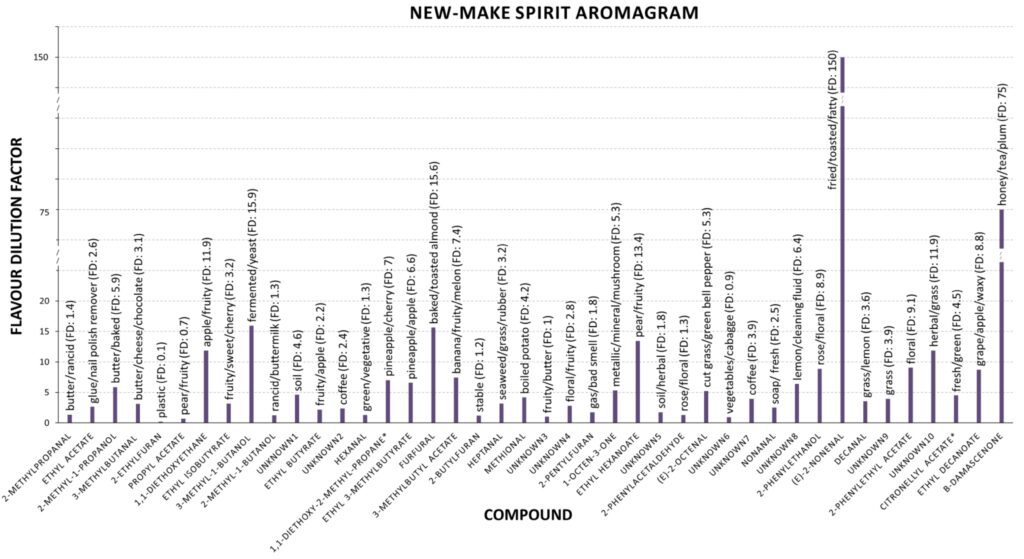
Now that the verdict’s in, demand for Waterford has gone from strength to strength. Waterford have so far released over 40 expressions and editions in the Single Farm Origin series, sending collectors into a frenzy. Many of these expressions have been released as export market exclusives. Alongside their European exclusives, their Donoughmore and Cooladine expressions have launched as far as Taiwan and South Africa respectively. Although demand is high, there are always a few bottles that crop up every now and then. So if you plan on building your Waterford collection subscribe to our newsletter where we will keep you up-to-date on whatever new stock we get our hands on!



